Arquitecture throughout history
Byzantine architecture (High Middle Ages)
Is preeminently religious with an emphasis on the interior, being the exteriors very discreet. The only architectural ensemble of relevance is the Magnum Palatio, a citadel fortified with imperial palace, military installations, public buildings and around thirty churches. As a result of the proliferation of charitable activities, there was also a demand to construct buildings for such purposes, such as hospices, hospitals and orphanages, some of them large enough to accomodate between 100 and 200 beds. Roads are modified in order to connect religious buildings (churches, martyria, urban monasteries). Stone is widely used, especially the one expelled to the oldest buildings, either in a hurry in construction of to save on materials.
Hagia Sophia: represents the union between the empire and the Church, a cube topped by a dome (the earth covered by the dome of heaven). Is it the combination of the central plan of the Roman buildings with dome and the Roman basilicas. The central dome is not as large as that of the Pantheon, but it was an artistic and technical achievement. When the dome was being built, large cracks appeared, so it was reinforced with buttresses. The dome is placed on four triangular concave Pendentive that serves as a transition between the circular shape of the dome and its rectangular base. In the interior it was intended to create a mystical image of heaven that would be as opposite as possible to the everyday world. The use of mosaics that clad the domes with dim and trembling light, tried to recreate the heaven on earth. Byzantine architecture is the architecture of heaven, full of symbolism.
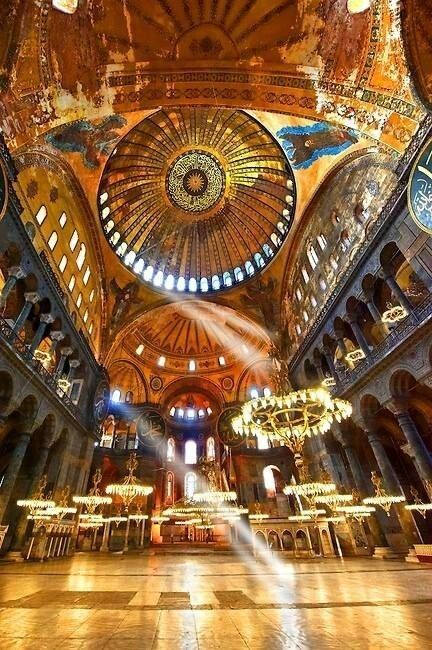
pinterest.es
Military Architecture: The dimensions of existing cities tend to shrink and new cities develop in very small areas compared to the past, un order to concentrate resources and defend better in case of attack. In this way, a defensive lifestyle is acquired, especially in the peripheries of the empire. The implementation and maintenance of defensive systems, as well as the collection and distribution of water, were of great importance. The Byzantines brought different novelties to the military architecture: killers in the patrol paths from where to throw on the attackers all kinds of projectiles; blinds to defend the accesses. Justinian began a systematic program of reinforcement of the cities, restoring the ancient walls and adding a large number of fortified centers. It is the passage from the city to the military fortification.
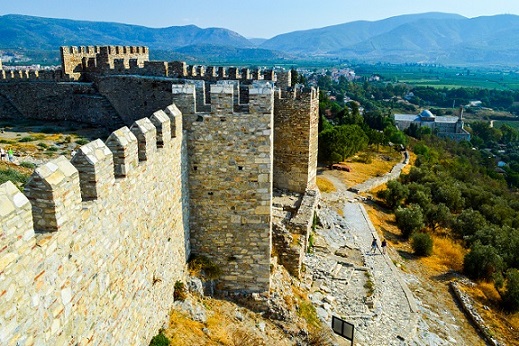
byzantinemilitary.blogspot.com
Pre-Romanesque (High Middle Ages)
The previous system of fidelity to a remote government (Roman Empire) is transformed by a pyramidal system of vassalage and control of territory that focuses on the kingdoms, counties, duchies, marquisates… with their associated territorios. In medieval pre-romanesque architecture, un addition to churches and monasteries that followed the Christian tradition from the Roman Empire, castles were developed. This typology arises towards the 8th century and extends throughout Europe.
Lombards: They were Romanized populations and converted to Christianity since the 5th century. With almost no architectural tradition and no familiarity with stone constructions due to their nomadic character, they acquire a uniform style, although with different languages according to the promoters, which is based on the ideological and conscious use of the plundered elements of Roman buildings, which are reused with a greater symbolic use and well integrated with the new elements of good quality. They had great training in goldsmithing, which is why it is believed that many elements had applications of stained glass pastes and coloured stones as if they were jewels.The activity developed in the north of Italy has been almost completely lost due to the continuous reconstructions and modifications of the buildings.
Visigoths: Between the middle of the 7 th century and the beginning of the 8 th century, an ecclesiastical architecture was developed that takes up the model of the traditional Roman basilica and delineates a central floor typology with massive forms influenced by the Aegean and Syrian areas. Among the most outstanding buildings are the churches of San Juan de Baños, San Pedro de la Nave, São Frutuoso de Montelios.
Carolingian: (9th Century): They are characterized by the desire to reaffirm classical art in order to emulate the Roman Empire. For this reason, a systematic recovery is carried out that involves different artistic influences (renovatio) in order to legitimise and celebrate the empire. Once again religion is fundamental for the construction of monasteries throughout Europe, which in turn amplify the new culture and participate in the administration of the territory. For the first time, monumental buildings such as palaces, cathedrals and monasteries were built again. Among them the Palace of Aquisgrana with its Palatine chapel that gathers Roman models with paleochristian, byzantine and lombardine influences. An innovation was the introduction of the Westwerk, a very high building attached in front of the entrance of the most important churches, in an attempt to create a monumental facade.
Saxons (Otonians)9-10th Century: After the post-Carolingian feudal anarchy, the Otonians collected the Carolingian stylistic and cultural reminiscences to confirm the existence of a link with the Christian emperors. They dedicated themselves to the construction of religious buildings such as abbeys and cathedrals, inspired by Roman basilicas and also using the westwerk and double apses. Among the innovations of this architecture is the use of galleries or tribunes, as well as the alternation of supports (pillars and columns). They anticipate Romanesque solutions.

es.wikipedia.org 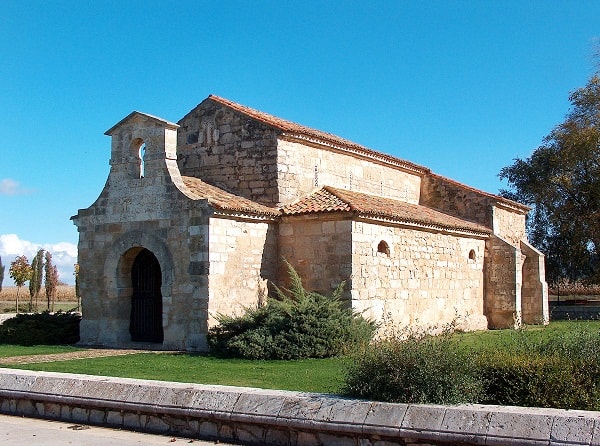
arkiplus.com 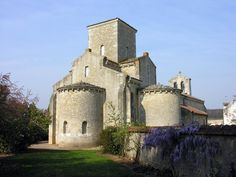
pinterest.es 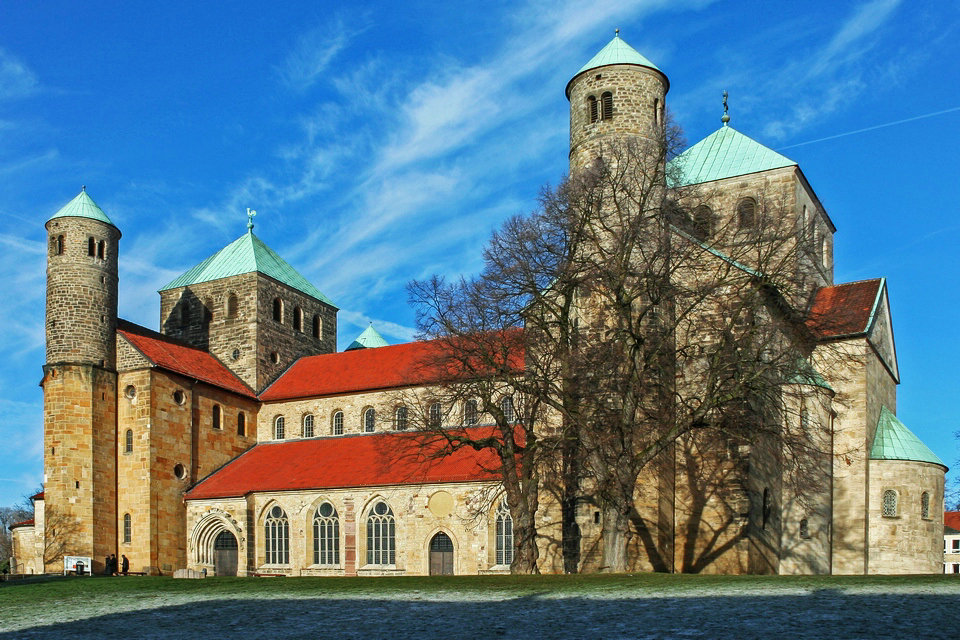
hisour.com
Islamic
Islamic culture and architecture developed in most of the Iberian Peninsula between the 8 th and 15 th centuries. There are still traces of many fortresses, as well as the urban layout of cities and towns. A common feature of Islamic architecture is the use of towers and water. Towers are defensive elements but also viewpoints over the landscape. In the gardens they design water routes and introduce different aromatic plants. Islamic architecture produces new architectural types such as Mosques -places for prayer and gatherings- and baths (Hamam) for hygienic and religious purposes. The ornamentation serves to create an atmosphere through plays of light and color. The decorative motifs are based on the repetition of geometric motifs. Techniques such as ceramics and plaster (Muqarnas) are used.
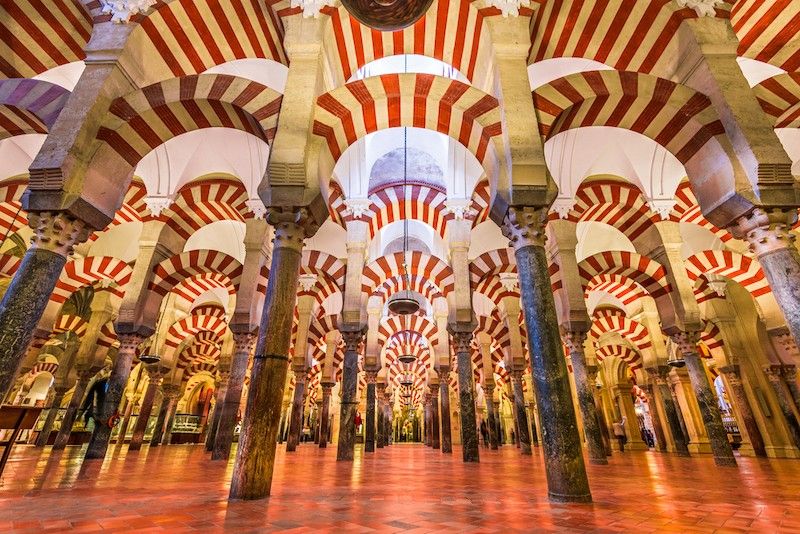
redhistoria.com 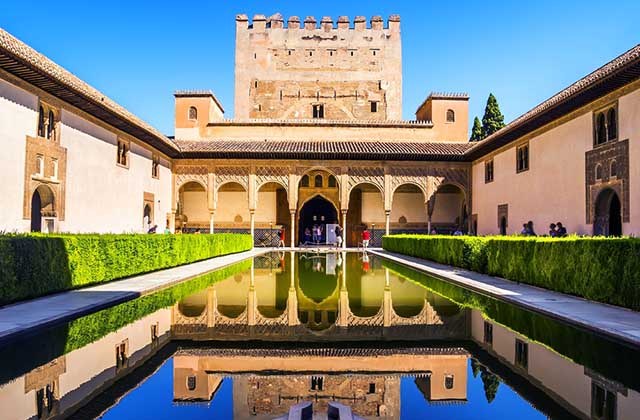
cacocu.es 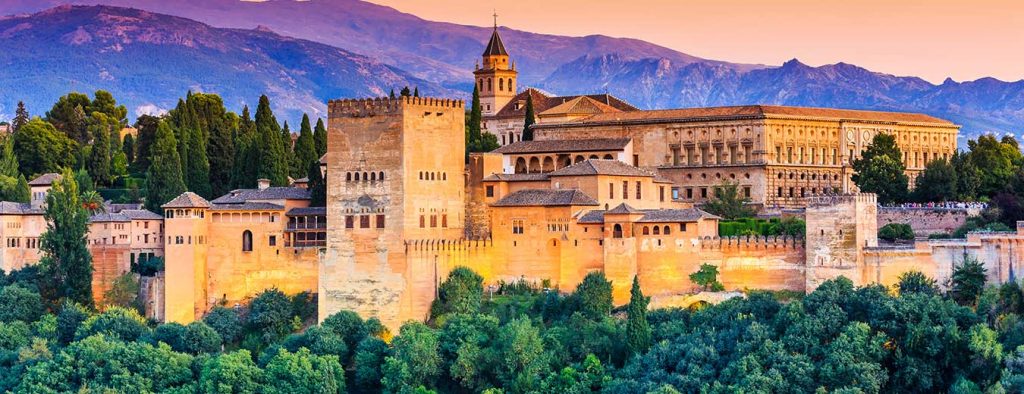
citytoursspain.com
Romanesque
Is associated with the art of the Normans, who in these centuries experienced their peak and maximum diffusion. Due to the political instability, the feudal lords usually fortify the cities and the palaces that become castles (residences and military squares). The Christian religion increased its political and international role in the face of feudal divisions. It undertakes a work of education and mass evangelization, to such an extent that architecture and art are loaded with symbolism (paintings, reliefs, geometries…) and lose realism. Religious buildings are books made of stone, characterized by large masses and heavy proportions. It is based on the use of the semicircular arch and the Roman vaults, which due to their weight require the thickening of the walls as opposed to the use of pillars and the adjacent buttresses. For this reason, the openings are also reduced. Due to the evangelization of religious orders, crusades and pilgrimages, the Romanesque is spread throughout Europe, giving rise to a multitude of variants, with a large presence of monasteries, abbeys, hospitals…

cuadernodearte.es 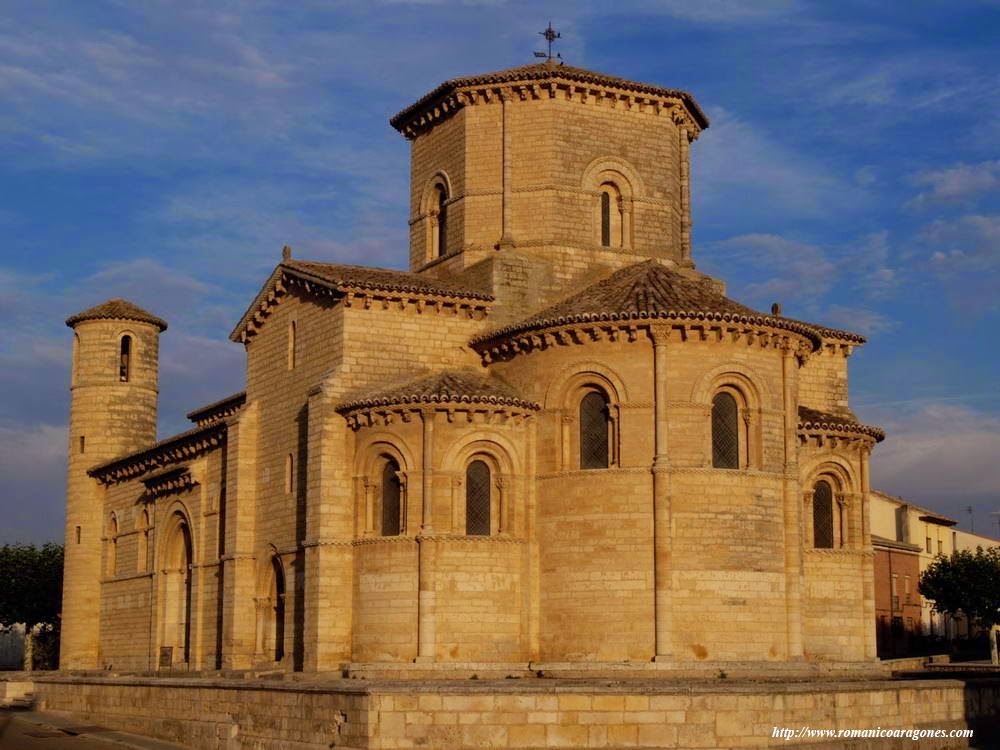
espaciocoloryforma.blogspot.com
Gothic
It spread mainly in the territories furthest from the classical context and therefore more distant from their culture, considered as well as the art of the barbarians (Godos). The emergence of an artisan and commercial middle class makes a new type of city flourish: the burgos. This will become a promoter of art and architecture. The Norman builders began to test a novel system consisting of reinforcing the Roman vault with diagonal ribs that allowed the resulting panels to be lightened with different materials. It is understood that absorbing weight vertically is easier than absorbing lateral forces. In addition, the semicircular arch limits the height by its 1: 2 ratio. Hence the invention of the Ogival arch, which is the great innovation of this style.
The cathedral was the house of God, a God who produces fear. Hence the need to reach great heights that reduce the human scale. They were a great testing ground for architectural experimentation, including a series of improvements such as pointed arches and ribbed ribbed vaults. Its most spectacular innovation, the ogival arch, meant the almost total elimination of the walls of the Church by colored glass membranes, which represented the scenes of the sacred scriptures, and the increase in the height of the naves. The plan follows the basilical tradition with parallel naves. The transept moves towards the centre, increasing the development of the ambulatory, radial chapels and apses. The stone structure of ashlars gave way to lighter materials in the panels (plements), above the vaults, in the façades (stained glass windows), in the roofs. There is an external shoring system (buttresses) for the arches of the central naves as well as a system of stabilisation of the structure by means of pinnacles and needles, which also increase the effect of verticality. The decorations are usually very fine frescoes directly on the stone or on altarpieces, with religious motifs, starry skies and sometimes feigned stone or brick. The sculpture returns once again to naturalistic realism, in order to be more convincing in its educational purpose.
Civil buildings: There is a multitude of civilian buildings, an expression of the new bourgeois social class and its new demands. At this moment, town halls, stately palaces, universities (which in those years began to proliferate), fortresses, bastions, bridges, bell towers, shipyards are being built… Thanks to the flourishing of commerce and crafts, there is an abundance of commercial markets and buildings for professional guilds. An example from Valencia is the Lonja de la seda (1482-1548) initially built by Pere Compte, a great master stonemason. The stately palaces were the symbolic and administrative place of power. The Ducal Palace of Venice, for example, was the residence of the Duke, the highest leader of the wealthy Republic of Venice, chosen by 16 the people. The building already existed from the tenth century, but most of it was remodeled in the middle of the twelfth century. It is considered the masterpiece of the Venetian Civil Gothic, much more ornate than the rest, with large courtyards, molded windows, tracery on the façade and much more color than that used in the Gothic of the rest of Europe. City councils are also built in cities that are gaining economic and political autonomy. As in Bruges, an expression of the Brabantine Gothic, which was built in the mid-15th century and looks like a reliquary designed in stone, due to the large number of pinnacles and niches decorated with saints and representatives of the local nobility and aristocracy.
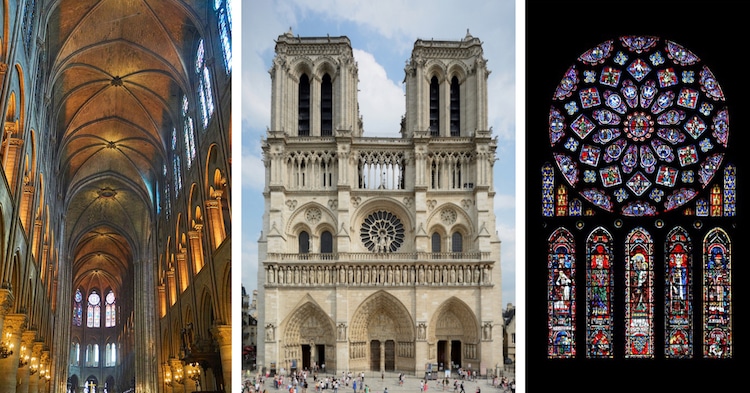
mymodernmet.com 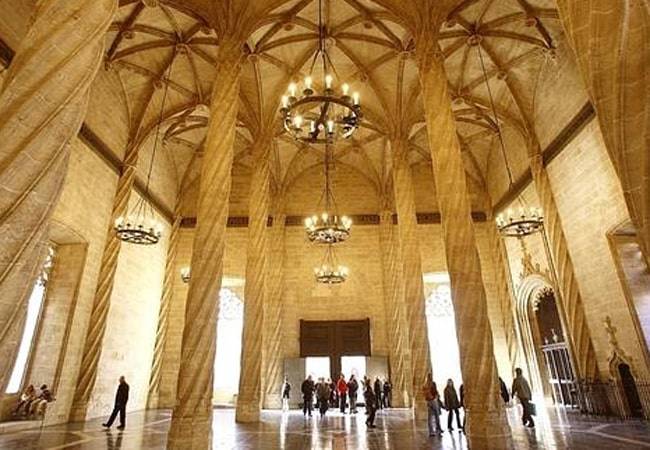
hoteles.net
Reinassance
The Church suffers a great crisis that leads to the schism of the West (the papacy leaves Rome and moves to Avignon). In the 15 th century in Italy and mainly in Florence, an important urban culture emerged, so merchants and bankers became protectors of art (patronage) and ordered buildings for themselves (palaces) or for the city (gates, walls, squares, ideal cities…). They will be followed by religious powers. Optimism and confidence in human potential arise. The Renaissance man trusts in his intellectual capacities, thinks that history is no longer a whole ordered by the hand of God and exalts the human being and his capacity to dominate nature. Humanism was a philosophy that emphasized the importance of human values and achievements, distinguishing them from religious dogma. The interest in the recovery of Romanity arose in Italy and then spread to Europe, with the idea of matching the intellectual and artistic achievements of classical antiquity. Roman works can still be seen directly and the perspective is rediscovered. The books of Vitruvius are reproduced and studied and illustrated with drawings (Treaties). Plato’s ideal figures are recovered: the circle, square and equilateral triangle. etry and proportion were basic to the project and the system of ideal proportions are in the architecture had to be rationally understandable, formed by planes and spaces organized according to clear and decipherable numerical proportions. ions and intervals well delineated by the elements of the architectural orders of antiquity but at : inviting to the human delight (L.Roth).
Brunelleschi: Architect, humanist, goldsmith, sculptor, mathematician. He rediscovered the laws of perspective by formulating the bases of mathematical perspective and applying it to architecture, constructing space in an intellectual and rational way. Architecture is a mathematical science that operates with spatial units. He revolutionizes the medieval collegiate way of projecting (artisan corporations). With him the architect was intellectual and claimed his role by placing himself in the vanguard with the new classes of power and always defending his ideas. His best known work is the dome of the cathedral of Florence which, for its size and design, is a landmark in the city, symbol of a new civic value. He won a competition in 1418 to solve the dome so that it could be made without shoring. It was completed in only 16 years. It was the largest dome of this type built since antiquity (45 \times 114) and recalls the challenge of the Pantheon. The condition of the competition was not to shore up formwork on the floor of the cathedral, the solutions provided bizarre. Brunelleschi’s technological innovation is its self-supporting construction. A dome with lantern on drum is proposed, with double shell solution supported on ribs on 8 sides and based on the Gothic technique and on the ribs two parallel shells of solid brick are raised between which it was possible to transit. Hospital of the Innocents Florence (1419-1424) project for Juan de Medici. First building in which the system of proportions was put into practice: the separation between columns is equal to their height, at the same time equal to the depth of the gallery, creating cubic spaces.
Alberti: One of the great architects in both theory and practice. He has built works in Florence, Rimini and Mantua, among other cities. Its buildings are full of demonstrative intentions and subtle formal resources oriented to proportion, which is the essence of Architecture. He composes several treatises: De Pictura (3 books), De Statua (1 book) and De Re Aedificatoria (10 books). The treatise De Re Aedificatoria would represent, together with that of Vitruvio, an essential reference for all classical tratadistics. Here he defines his aesthetic principles around Beauty and Ornament: «Beauty is the harmony between all the parts of the whole according to a certain norm so that it is not possible to remove, put, or change anything without the whole becoming more imperfect». «Ornament is a kind of secondary beauty aid, a complementary element. Ornament is by nature something accessory.» Alberti remodels the Rucellai palace in Florence, projecting a new façade that unifies different previous properties. To order the traditional Florentine cushioning, he superimposed three orders of pilasters as would have been done in the Colosseum and other Greek theatres. The Malatestian Temple is the remodelling of a Gothic church with all the proportions and classical languages. The façade is reminiscent of a triumphal arch and provided for the construction of a dome, larger than that of Brunelleschi, similar to that of the Pantheon in Rome.
Pallatio: He began working as a stonemason at the age of 13 and prospered in the bricklayer’s guild. His patron was Count Trissino, an intellectual of the time who supported him and taught humanist culture without any training. Palladio writes «I Quattro Libri di Architettura», published in Venice (1570), which includes a study of ancient Roman architecture, an analysis of classical orders and the documentation of his own work, private and public. The bulk of his work consists of more than 40 country villas that he built in the vicinity of Venice and Vicenza for the Venetian nobility. Based on his music studies, he designed his villas using numerical systems of proportionality for the rooms, devising a variety of typologies characterised by the simplicity of the floor plan, the compositional proportion and the functionality. In the villas he adapted the central body of the house to the forms of the ancient temple topped by a pediment, considering that the Roman temples were derived from the hut and thus returning the portico with columns to their origins, the private house. The layout of the villa Capra (the Rotunda) is absolutely symmetrical, conceived as a central circle crowned by a dome around which are organized the four hexastyle porticoes of lonic style and main ornament of the building. The use of the dome in a private residence was a novelty of Palladio, since until then the dome was reserved for the Churches (symbol of heaven and divinity). He also built two churches in Venice (basilica of San Giorgio and the Redentore) where the structure of the pediments, arranged one after the other, verges on perfection, in a contraposition of smooth surfaces, lesenes and uprights with statues, boasting stability and classical rigor. He also designed the Olympic theatre and the Basilica of Vicenza.
Michelangelo: One of the greatest artists: sculptor, painter and architect. His work was developed in Florence and Rome, his patrons were the Medici family and other Roman popes. Michelangelo illustrates the transition between Renaissance and Mannerism, with very important works where it is seen that he uses the classical elements transforming them or manipulating them and transgressing the classical design. In the Laurenziana library he alternated curves and right angles, concave and convex shapes, to create a sense of movement and tension. The staircase is the protagonist of the space with three parts and with a sculptural character, altering the classic postulates. In the redevelopment of the Capitoline hill (Campidoglio) in Rome, he adds value to the old area, designing an urban route, connecting several areas of the city and incorporating new facades into existing buildings. He creates a trapezoidal space that reinforces the axis of the great staircase. In the centre there is an oval (instead of the classic circle), creating great dynamism between the opposing oval and trapeze. Mannerists replace the circle with the oval. Towards 1530 the search for greater formal expressiveness began, introducing subtle tensions to the classical rational formal rigidity. A new sensualism was introduced, which has been called Mannerism. Maintaining the classical architectural norms and elements, variations or deviations began to be made. This change introduced by Mannerism only as an insinuation was developed in the 16 th century, opening the way to space and the baroque style.

steemit.com 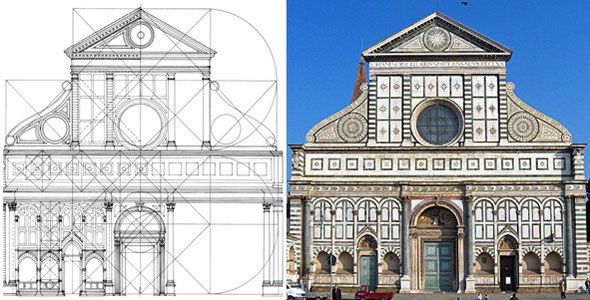
pinterest.es 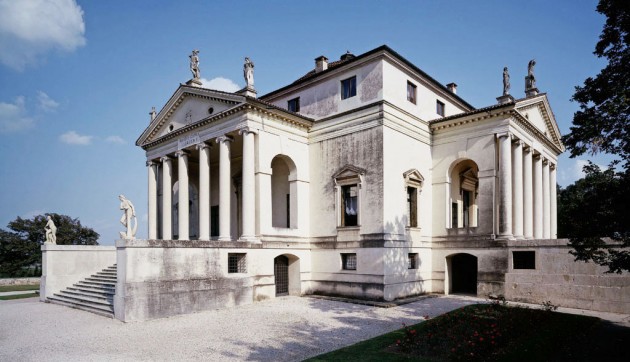
abitare.it 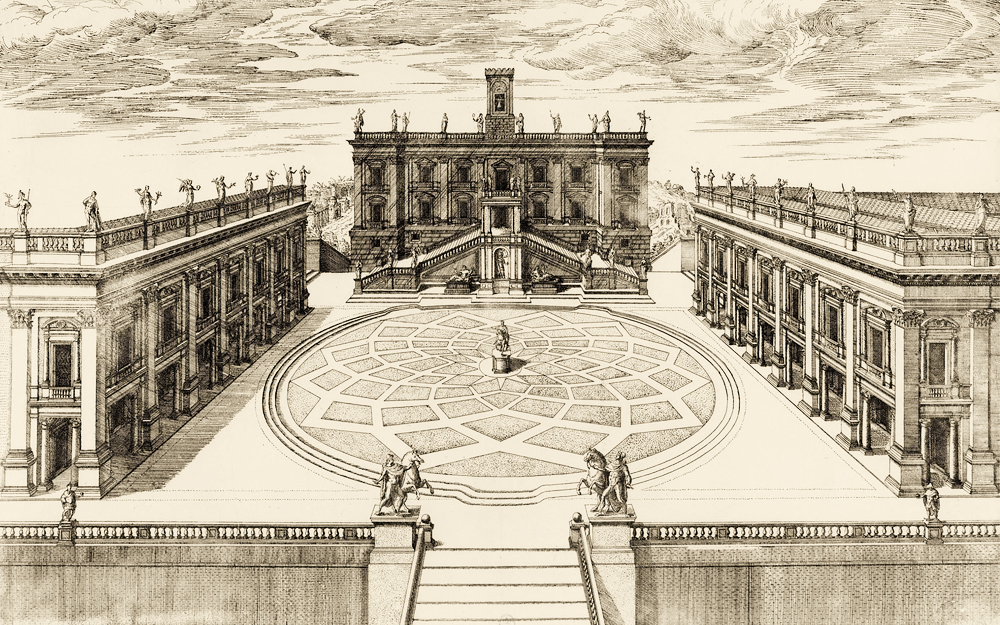
archivoshistoria.com 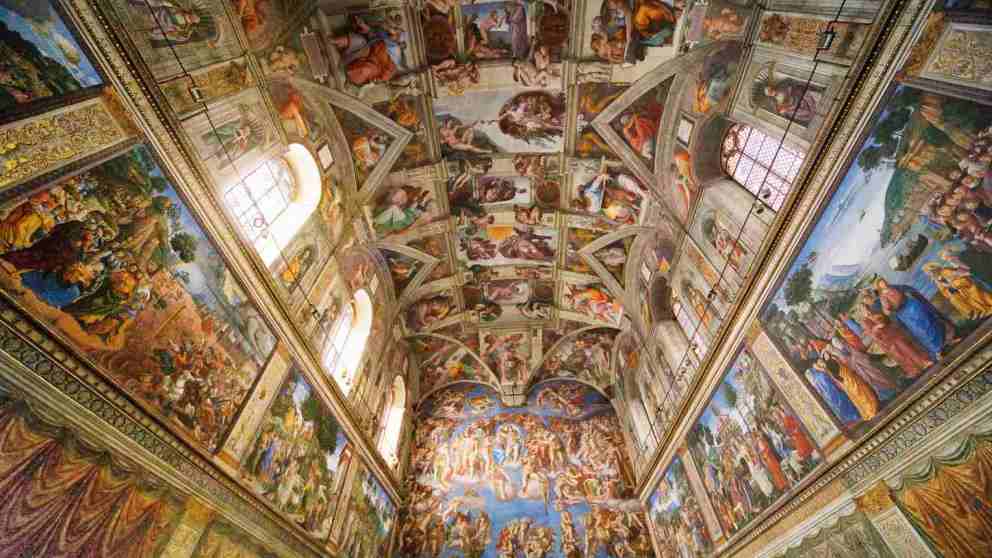
dineroenimagen.com
Baroque
Derived from the term barrueco (imperfect pearl) used in a derogatory sense by French critics in the 18 th century. Linked to the monarchy, the aristocracy and the Church, it emerged as propaganda and glorification of power, in the formation of national states and in the reaffirmation of the counter-reform church. It also showed an interest in the natural environment. Baroque architecture and the subsequent rococo is an effort to obtain the maximum possible effects from the moulded space, the manipulation of light, colour and sensual detail. The baroque is the spatial liberation of the rules of the treatists, of conventions, of elementary geometry and of everything static that had already begun with the mannerists. The structure took a back seat. The focus was on the visual effect and decoration. The dividing line between reality and illusion is blurred, with decorations that rise towards the sky that frame the scenes. It is an artistic expression in which fantasy, mutability, the multiplication of scenographic effects, asymmetry, the use of lights, water and the movement of space intervene. In urban planning, the idea of the focal point, of the route, of the symbolic square is born.
Bernini: Italian architect, sculptor and painter. He is the heir to Michelangelo’s sculptural strength and the main model of architectural Baroque in Europe. He enjoyed the favor and protection of seven popes, for whom he made numerous works with great success and recognition. Its architecture pursues the emotional impact For instance, he turns the Cornaro Chapel into a small «theatre» with lateral boxes for the contemplation of the sculptural group of the ecstasy of Saint Teresa. Above, a fresco illusionist with angels and sky broadens the scene. He uses warm, shimmering color tones and plays with the contrast between dark and light to accentuate the focal point of the composition towards the Saint. Architecture merges into painting and sculpture to recreate art. The zenithal light directed from a hidden window of yellow glass materializes in the rays. A square with a composite elliptical and trapezoidal shape surrounded by Tuscan-Doric colonnades that represent the maternal arms of the Church that welcomes and gives space to the Roman Basilica of St. Peter and is combined with the façade of Michelangelo. He marks the main axes with two sources in the focal points of the ellipse and an obelisk in the middle.
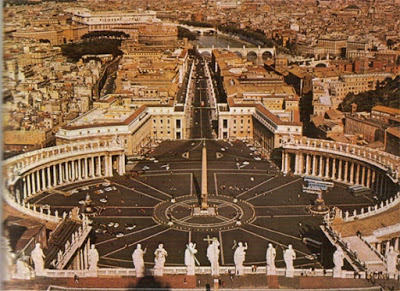
tom-historiadelarte.blogspot.com
Borromini: The most original and revolutionary architect of the Six Hundred. His work was always based on simple geometric elements, triangles, circles and ellipses whose translation and spatial manipulation, by means of prisms, cylinders and spherical caps, was later greatly admired in architecture. The façade of San Carlo alle Quattro Fontane is sinuous and concave with the idea of welcoming the visitor and integrating with the exterior urban space. On the ground plan, centralisation is sought by means of a longitudinal ellipse that at the same time marks a main axis. In San Ivo alla Sapienza, he uses equilateral circles and triangles, organised on a single star of David to form a space with a central floor plan and integrated side chapels. Three of the lobes corresponding to the tip of the star end in semicircular apses and the other three show convex niches. In the Palazzo Spada he created the false perspective in the gallery, in which rows of smaller and smaller columns and the sloping floor create the optical illusion of a gallery 37 metres long, when it measures only 8 , with a life-size sculpture behind, only 60 centimetres tall.

pinterest.es
Rococo (18th century): More than a current, it is an artistic fashion born in the French courtly environments. It is distinguished by the frivolity and superficiality of a decorations faithful to themselves, with the aim of surprising and ostentation. It begins as fashion in the warm and dreamy interior spaces, which contrast with the conditions of dirt and unhealthy exteriors. The interiors are an ambient plaster shell subtly used to define the space and to manipulate natural lighting, but it hides the structure and detaches itself from it. Revolution. will lead to the French the other social classes which All this will raise the unease of the other social classes which will lead to the French Revolution.
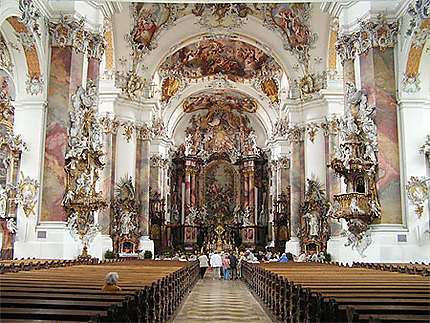
routard.com 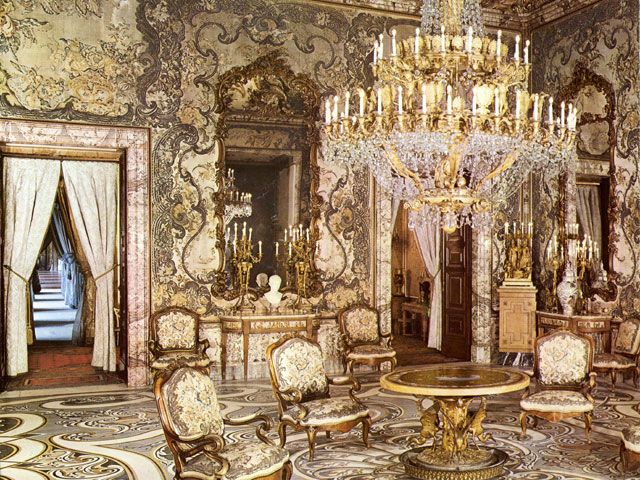
pinterest.es
Neoclassic
The 18 th century was an extraordinarily confusing and contradictory historical moment in which Neoclassicism, an incipient Romanticism and the beginnings of the Industrial Revolution coexisted from the Rococo to the Neoclassicism. There are several aesthetic approaches in this period. With the Enlightenment and the explosion of human inquiry, a trend towards objective knowledge of history as a scientific discipline arose. The excavations of Pompeii, Ercolano, … and the publications of treatises on ancient art (N. Archaeological) begin.The 18 th century, called the Age of Enlightenment, with the support of the academies, spread a regulated and neo-classical taste: Vitruvius was once again a fashionable author, although the new classicism was not strictly Roman, like Renaissance humanism, but Greco-Latin. After the excesses of the baroque and rococo, a radical change towards a rational architecture was experienced (it began in France around 1760 ), in which the dominion of the structural truth over the visual effect was recovered. Neoclassicism was the formal expression that reflected in the arts the intellectual principles of the Enlightenment. The neoclassical style (Theoretical N.) was linked to the idea of public service and educational functions of the buildings, as well as the Greek agora that was configured by STOAS, large and elongated public buildings with arcades to encourage meetings, installation of craftsmen etc.. It was in this context that the museum was born with a didactic function: the functions were studied and a rational floor was designed to serve these with areas dedicated to painting and sculpture. Some French architects reinvented an architecture of pure geometric forms to express the interior function and proposed an architectural revolution being in a way pioneers of modern architecture. Etienne Louis Boullée and Claude Nicolas Ledoux were the representatives of this new «talking architecture»: architecture of audacious and visionary designs, pure geometric forms and charged with symbolism, with a sense of function, which aims to transmit the function to the audience. (Utopian N.).
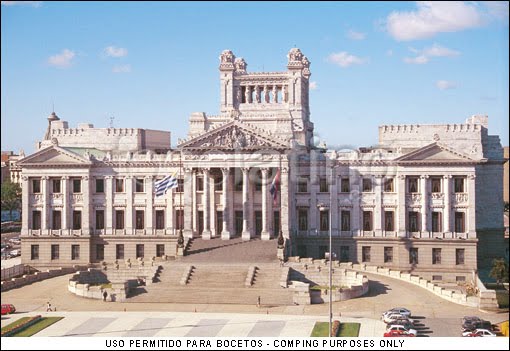
sites.google.com
19th Century
The industrialization of the western world produced an increase in population and a migratory phenomenon towards the cities, which were left insufficient: the walls were demolished, the expansion began with industrial and worker neighbourhoods, new construction typologies appeared (ships, stations, hangars, markets, sanitary infrastructures…). New construction materials provided by industry appeared: cast iron and glass. Polytechnic schools and international exhibitions are founded, experimenting with new materials and shapes. The architecture of industrialisation is related to new construction typologies (pavilions, stations, …). In rejection of the new industrial spirit that generated alienation and anguish, a desire to evade reality and a desire for past times spread, giving rise to historicism (Neo-Gothic, Neo-Egyptian, Neo-Romanesque…) and exoticism (Neo-Arabic, NeoIndian, Neochino…) or a mixture of styles (Eclecticism). In the mid-nineteenth century in response to the course of evasion to the subconscious and romantic born a new vision of art more realistic that evidences the conditions of society with crude reality: realism (impressionism and postimpressionism).

123rf.com 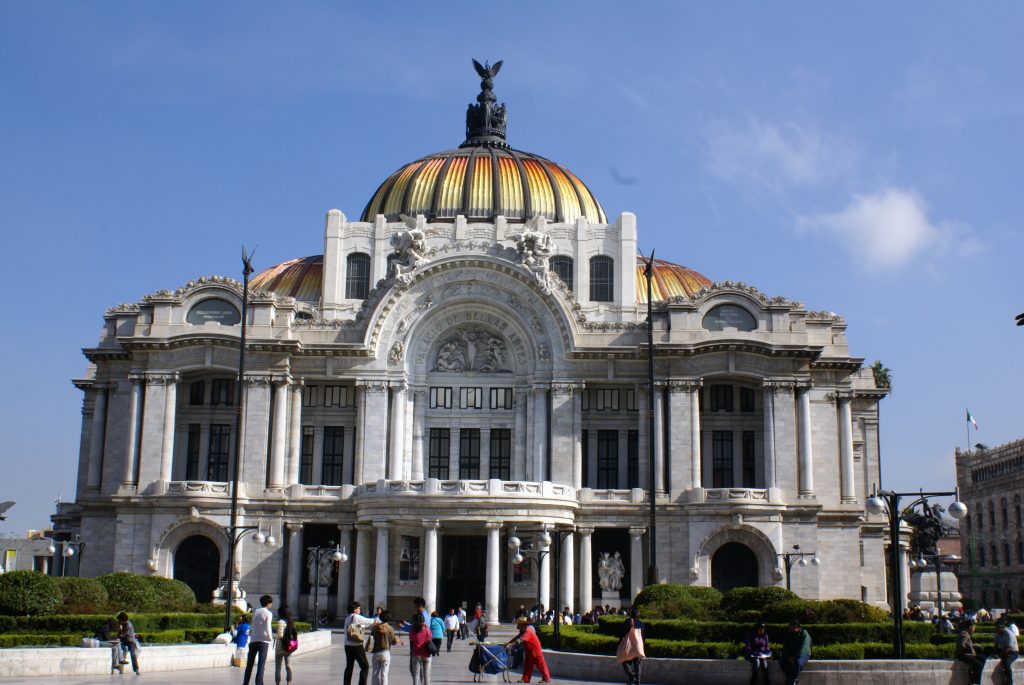
istitutoeuroarabo.it 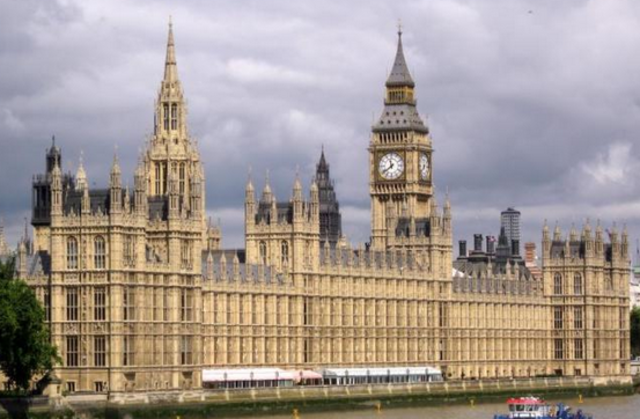
timetoast.com
20th Century
Art Nouveau, Modernism, Liberty and Jugendstyl: Under the optimistic spirit of the end of the century fostered by the well-being of the industrial bourgeoisie (Belle Époque) an aesthetic taste was developed that broke with historicism to follow new and modern ideas. It is characterized by clean lines, curves and undulating inspired by nature (Organicism) and oriental art, with geometric formal simplification towards two-dimensionality (Geometric trend). In spite of the rupture with the past, the formal expression is nourished by japonism and romantic symbolism; as well as the handcrafted production promoted by Ruskin and Morris do with medievalism. It is a «new art» that in Paris is called Art Nouveau, in Spain modernism. This new language lasted a short time, around 1910 it was extinguished due to the excessive cost of handcrafted products. In Valencia, the modernist works of interest are the Estación del Norte (Demetrio Ribes), the Colón market (F. Mora), the Central Market, the Casa Ferrer, … Modernism developed in Catalonia at the end of the 19 th century and the beginning of the 20th century. Antonio Gaudi went through a modernist period, but later he produced an original architecture, typical of Catalonia, based on the Catalan Mudejar tradition and the medieval past. At Casa Tassel (Brussels), Victor Horta designs a staircase with wooden steps supported by a metal structure seen from a column like a tree. On the walls there are drawings, sgraffito (the technique of scribbling the cladding with templates) and the railing is curvilinear. Morris was the founder of the Arts and Crafts movement, which totally rejected industrial production in the decorative arts and architecture. He bet on the return of craftsmanship as well as in the Middle Ages where the designer had the status of an artist. Charles Mackintosh created the Glasgow School together with the Macdonald Sisters (The Four), developing his own style, in which strong right angles and decorative motifs inspired by flowers contrast. The house was understood as a unified work of art of spaces, furniture and decorations.
The Avant-garde: The openness to other cultures and civilizations (African, Amerindian, Australian,…) leads to a reflection on the conventionality of artistic expressions in history in order to propose new points of view: the Avant-garde (Fauvism, Expressionism, Cubism, Futurism). After the First World War, the avant-garde movement moved further away from the crude reality of the world and nature, seeking the provocation and ridicule of Western culture (Dadaism, surrealism, abstraction, suprematism, constructivism, neoplasticism, …).
Expressionism, cubism, futurism (1900-1914): The diffusion of photography, which well represents reality, demystifies realistic art by rethinking plastic art. These new approaches are reflected in architecture. As in painting, expressionist architecture is built with expression, distorting the rational form to express the spirit. Gaudi’s Casa Milá represents an expressionist stage of the architect, where the distortion affects the whole building, from the facades to the roofs with their chimneys; overcoming the modernist phase towards his personal style. Mendelsohn, the greatest exponent of German expressionism, built the sculptural and monolithic tower of the Einstein Tower almost like a stony piece, «ein Stein», almost in homage to its future user. The idea of simultaneous vision of cubism will be translated with Gropius in the glass surfaces that eliminate the separations between interior and exterior for simultaneous contemplation, as well as in Le Corbusier it is translated in the promenade architecturale where the time factor influences the perception of architecture, in the use of 52 monochromatism, in multiple points of observation. Futurism in architecture translates into the «movement» and mutation of an architectural space in time, where the technology of machines, the horizontal and oblique lines that express speed and movement play a great role. (Niemeyer, Sant’Elia)
Surrealism, abstractism…(1913-1932): Constructivism, the architectural expression of abstractism, is characterised by rejecting the excess of bourgeois decorative charge and ornamentation, and by adopting an abstract geometrisation in rejection of the figurative past. The result was an architecture based on simplicity, in pure lines and geometric forms with diaphanous, shared spaces, making equal use of light and poor materials (reinforced concrete, glass, metal, brick…) reflecting communist ideology. Neoplasticism, both in art and architecture, translates into an orthogonal composition that can be extended to infinity, using planes, straight lines and pure colours in search of a balance between essence and matter as well as purity (Rietveld). Abstract aesthetics in Germany translated into Bauhaus rationalism that pursued functionality, industrialisation, seriality and economy through elementary volumes, clean planes without decorations, straight lines, pure colours (black and white), flat roofs, large glazing and the absence of façade hierarchies. The Modern Movement was born. After the closure of the Bauhaus, its ideology spreads, which will be known as International Style. Le Corbusier adds five points to the principles of rationalism (pilotis, free floor plan, free façade, continuous windows, roof-garden) and Mies van der Rohe broadens the chromatic range and surface finishes with the textures and natural colour of the materials.
Post war period (1950-. . .): One of the predominant aspects of the 1950 and1960 is the need to measure oneself against the change brought about by the masters of the Modern Movement: faced with their great contribution, the dichotomy is either continuity or revision. Beyond this duality, the great complexity of proposals that existed in the architecture of the first decades of the century, at the same time as the Modern Movement, is being revealed.
Architecture 50s and 60s: Among the continuists who understand architecture as a sculptural object (P. Luigi Nervi, Félix Candela, Jorn Utzon), there are others who challenge the functionalism of the architecture of the Modern Movement because it is dehumanised and they consider that the function must be adapted to the needs of the human being within its cultural tradition and in its place
Architecture since the 1960s: These are times of revolutions, utopias and proposals, with much theoretical and practical experimentation (deconstrutivism, high-tech, neo-brutalism, biomorphism, postmodernism, …) where the personal individuality of the architect, the environmental sensitivities related to sustainability, … begins to have more expression. To classify the architects of this era in a concrete architectural «style» is very risky.
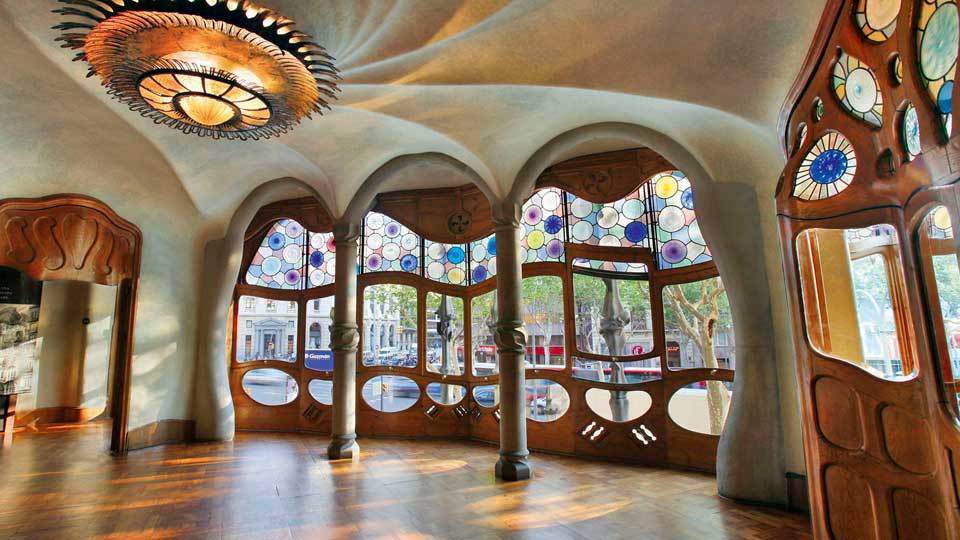
megustaespana.over-blog.com 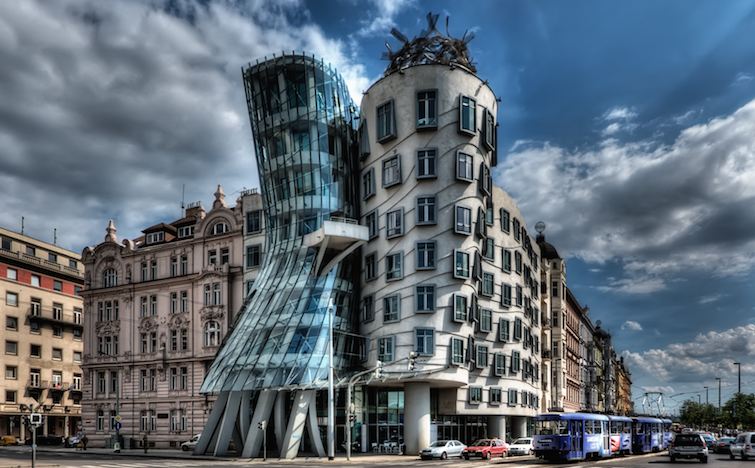
blog.vueling.com 
dossierdearte.wordpress.com 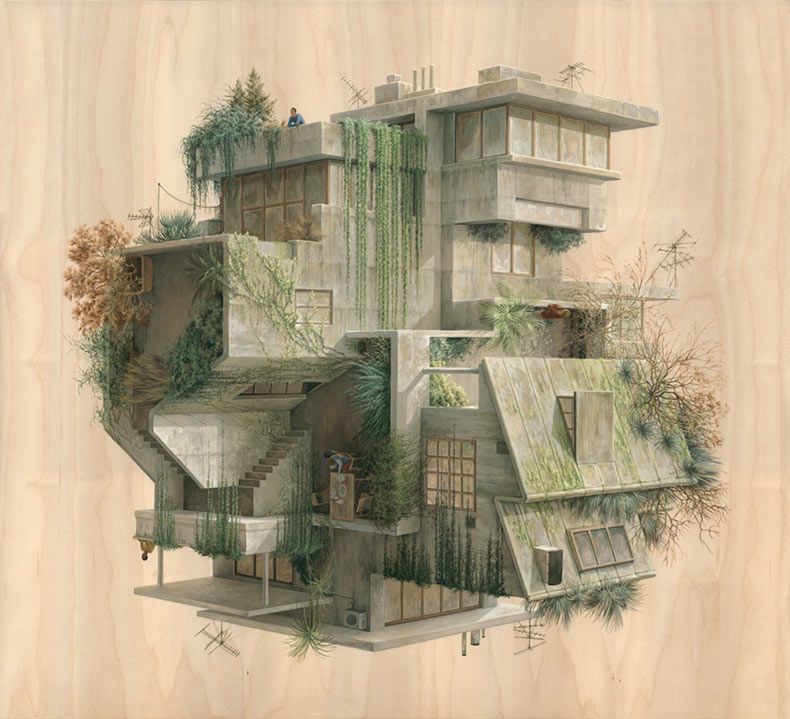
pinterest.es 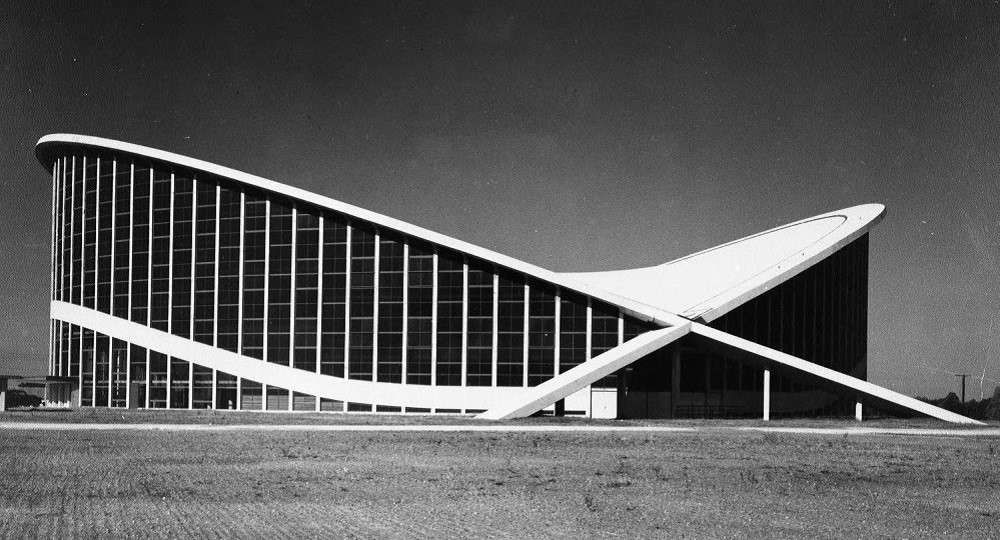
arquitecturayempresa.es 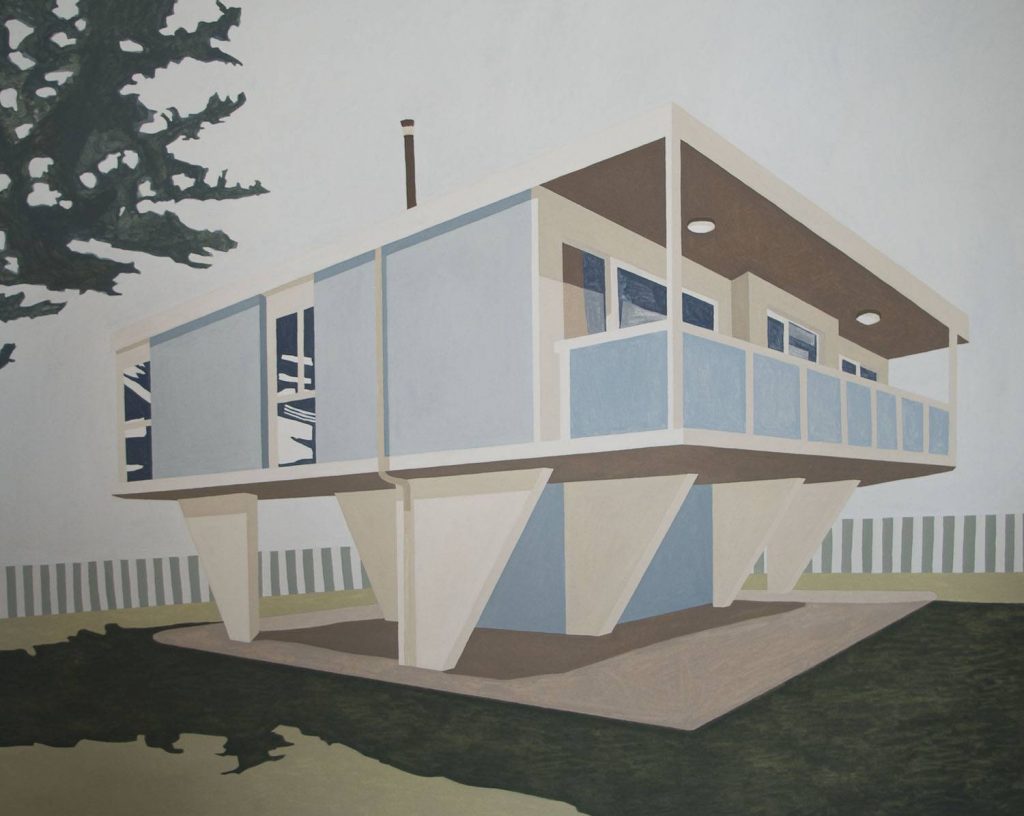
arquitecturaydiseno.es